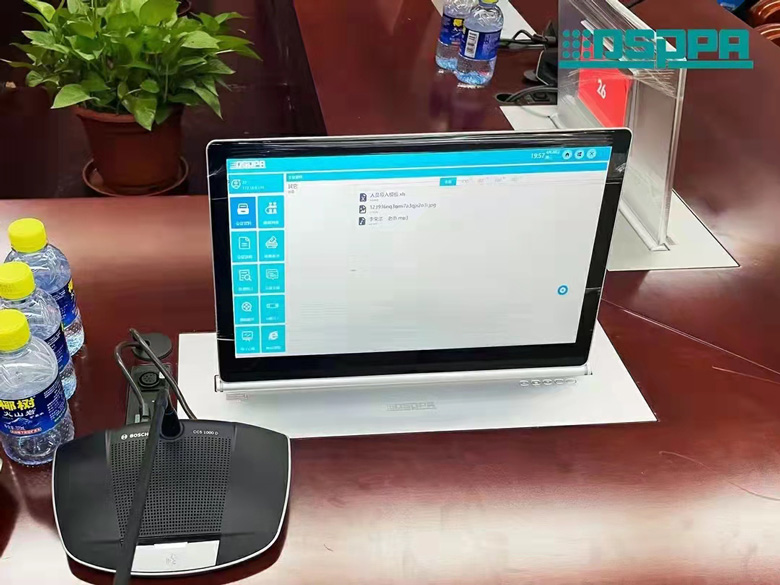
The basic principle, the basic principle to follow in the troubleshooting of the video conference system and terminal equipment is: "inspection, inquiry, thinking, and hands-on".
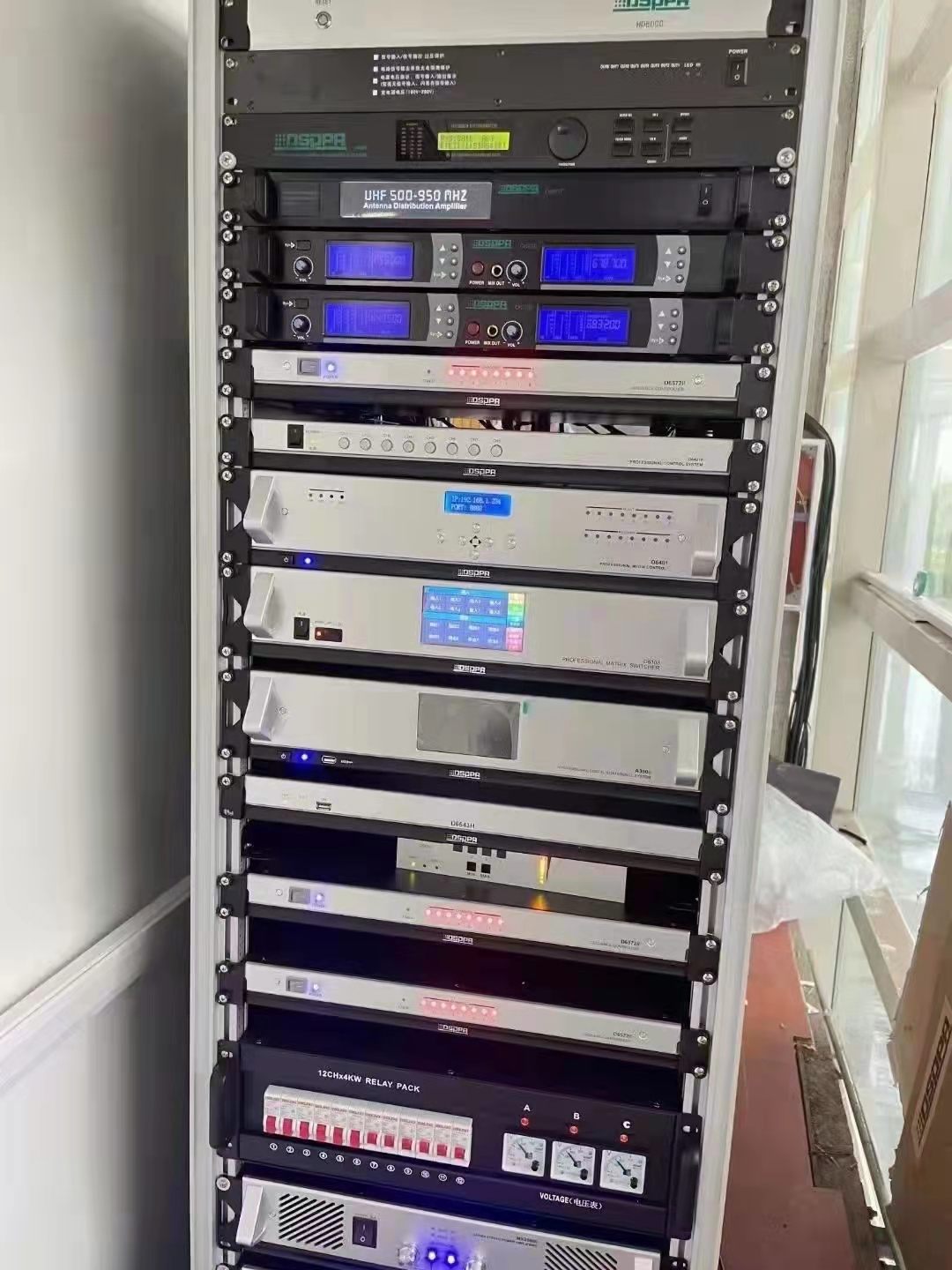
Common processing methods:
1. Observation method: judge some faults through various alarm information;
2. Self-check method: let the system power on again, and judge the fault through self-check;
3. Test method: use the maintenance function provided by the equipment to test to determine the fault point and fault type;
4. Pull and plug method: pull and plug the interface plug to eliminate the fault due to poor contact;
5. Comprehensive method: Combine the above methods to eliminate faults.
1. No image output
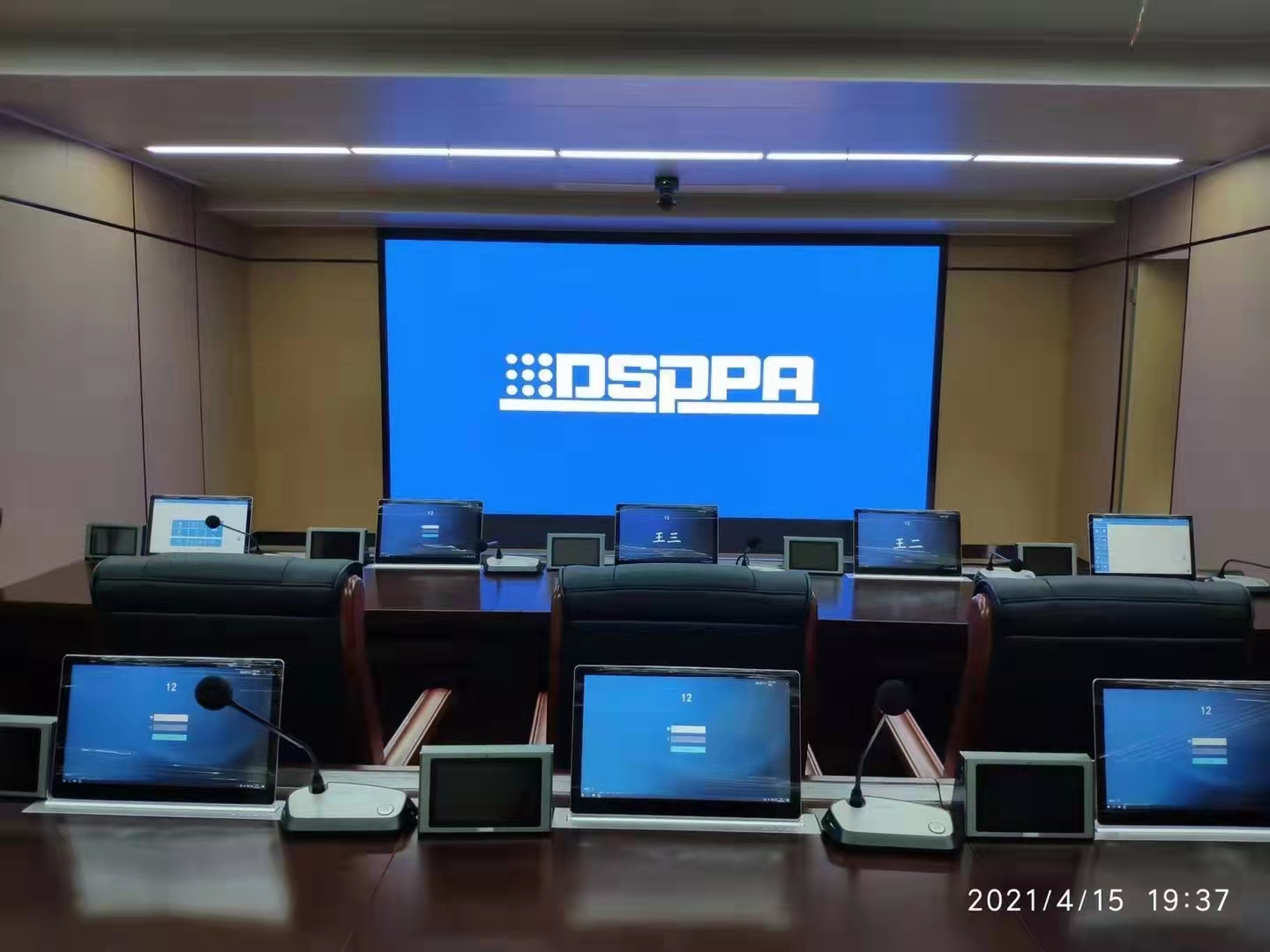
Check the power supply of the terminal and whether the TV is powered; confirm that the TV has selected the correct video source, check the selection of the video source of the terminal, and confirm that the video cable is connected correctly; if the video cannot be received during the conference, check the video capabilities of both parties in the conference Check whether the settings are consistent, and confirm whether the local output of the other party is normal. You can also use the loopback method to locate the fault.
2. No local sound
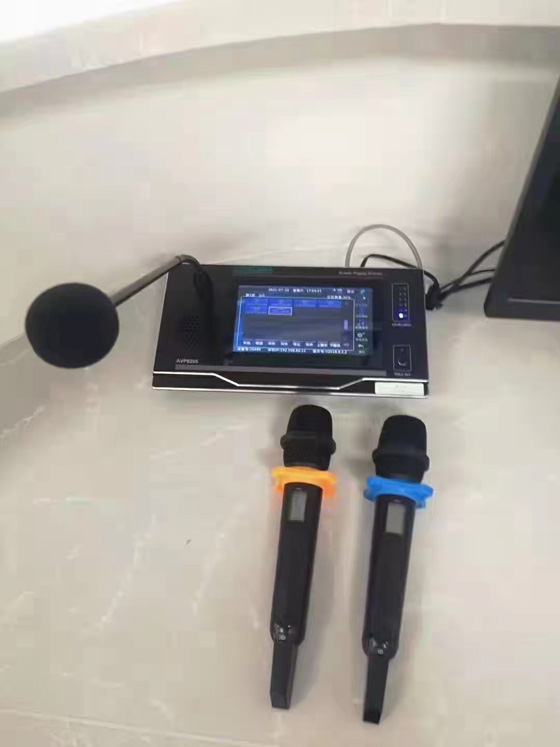
Use the local sound output interface to test whether the external equipment of the terminal including the TV, audio cable, and microphone are normal. If the terminal still has no sound, you need to find the reason on the external device. You can try to adjust the volume of the TV, the volume of the terminal, and check whether the MIC is damaged or the battery power is insufficient.
If the sound is normal, it means that the external equipment is working normally, and the terminal needs to be further tested; in "Self-loop selection", perform audio hardware self-loop or near-end self-loop, if there is still no sound from the terminal, it means the terminal may be damaged, please contact the local maintenance staff. connect. If the sound is normal, it means that the audio processing function of the terminal is normal. Please perform the same test on the other terminal.
3. Echo
.jpg)
①The mixer is not set up properly
Take the output of the conference system terminal as one input of the mixer, and mix the sound in the mixer together with the local microphone and output it to the power amplifier from the main output port of the mixer. Such an application requires that the EF F knob of one input of the mixer corresponding to the terminal output be adjusted to 0, otherwise the output of the terminal will be mixed into the effect output of the mixer and used as the input of the terminal again, thereby producing an echo.
②Improper volume adjustment of input and output
If the input volume is set too high, the sound will overflow, resulting in nonlinear distortion, resulting in poor echo cancellation effect; if the output volume is too high, the returned spatial echo will increase, and at the same time, the excessive output gain will directly amplify the residual after echo cancellation. It also affects subjective feelings.
The solution is to adjust the input gain of the mixer and the terminal, so that the microphone is 10CM away from the normal volume to speak, and the progress bar of the terminal shows that the input volume is between ½-⅔. For example: the GAIN knob of the mixer is adjusted to 40, the attenuation is -10, the EF knob is adjusted to the middle position to 5, and the input gain of the terminal is the output. The specifics are related to the type of the microphone and the new or old battery, and the display on the progress bar shall prevail. After the input volume is adjusted, you can adjust the output volume. The standard is to meet the sound level of a normal meeting. Be careful not to increase the output volume of the terminal too much. The recommended value is 52. Use a power amplifier to amplify the output as much as possible to reduce noise.
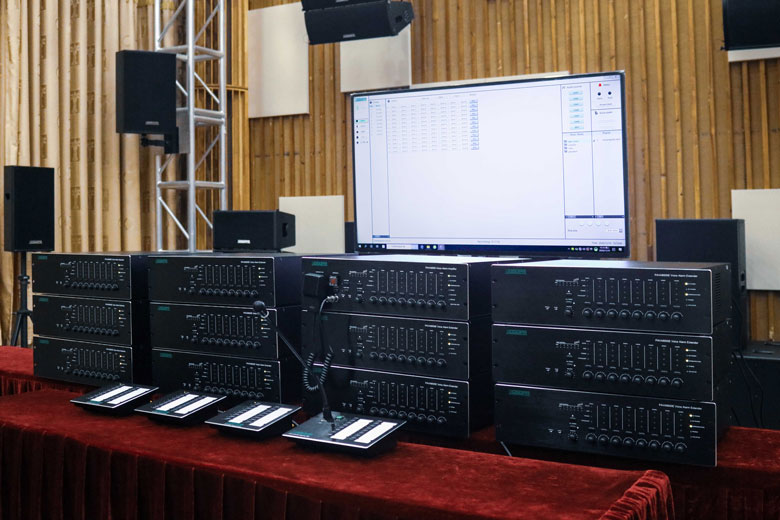 【DSPPA Demo】PAVA8000 EN54 Voice Evacuation SystemNovember 12, 2020Abstract: DSPPA PAVA8000 EN54 Voice Evacuation SystemToday, we are gonna show you a demo about our PAVA8000 EN54 Voice Evacuation System.PAVA8000EN54 Voice Evacuation System can not only support manua...view
【DSPPA Demo】PAVA8000 EN54 Voice Evacuation SystemNovember 12, 2020Abstract: DSPPA PAVA8000 EN54 Voice Evacuation SystemToday, we are gonna show you a demo about our PAVA8000 EN54 Voice Evacuation System.PAVA8000EN54 Voice Evacuation System can not only support manua...view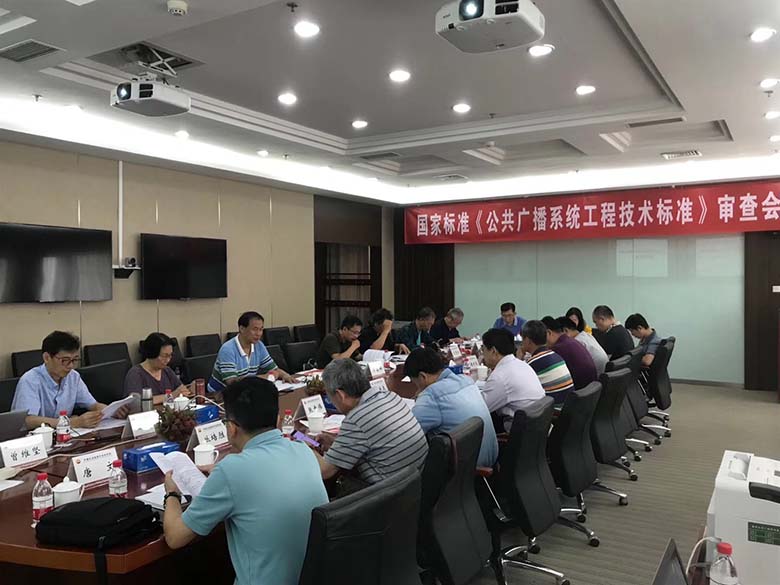 The National Standard Approval Meeting held in BeijingJuly 19, 2019The National Standard Approval Meeting held in BeijingThe approval meeting of the National StandardTechnical standard of public address system engineeringis held in Beijing on July 16, 2019. Xue Chang...view
The National Standard Approval Meeting held in BeijingJuly 19, 2019The National Standard Approval Meeting held in BeijingThe approval meeting of the National StandardTechnical standard of public address system engineeringis held in Beijing on July 16, 2019. Xue Chang...view